 Image Quality can matter more than DOF
Image Quality can matter more than DOF
Within the magnification-seeking macroverse of reverse mounted lenses, photographers often choose a small f-stop for greater depth of field. However, when reverse mounted, poor image quality caused by diffraction at small f-stops can have a worse effect on the image than shallow DOF.
Small f-stops can produce very bad Image Quality at high Mag
It’s fact that light diffraction causes reduced image quality at small apertures, and that lenses produce their best IQ at f-stops in the middle of their range. That means f/5.6 or f/8 for most lenses. What’s diffraction? Explained in a most basic way, when light waves pass through a wide open aperture, there’s no obstruction to distort them, so they reach the sensor as straight rays, producing a sharp image. However, when they hit a small aperture, they must bend around it, which causes the light rays to reach the sensor as distorted waves. This diffraction causes fuzzy resolution.
However, I underestimated what a profound effect diffraction at small f-stops can actually have on IQ until I got into reverse mount macro photography. Thinking that the greater DOF was well worth a bit of unnoticeable IQ loss, I regularly shot my reverse mounted Nikon 24mm lens at f/16 . It turned out that at f/16 my images were consistently extremely un-sharp.
At first glace the left image taken at f/16 appears sharper because the Depth of Field is much greater, but the right image taken at f/8 is much sharper when enlarged.
Finding your lens’ Sweet Spot f-stop
At first I suspected the obvious culprits. Poor lens quality? Not with the Nikon 24mm f/2.8 lens. Motion blur? Not possible when flash is the sole source of illumination. Bad focus point? Very possible, but I made several tests to eliminate this possibility. The only remaining possibility that could cause poor IQ was the use of a small aperture. Confirmation of this came from a fuzzy little Jumping Spider who willingly stayed motionless through a series of shots.
When I shot him at f/16 all of his whiskers were hazy with soft edges. At f/11 he became sharper. Then at f/8 his body shag became brilliantly sharp and pointy. At f/5.6 sharpness should still have theoretically improved, but I didn’t notice any improvement, and depth of field became too shallow to work with. And so I discovered that my reverse mounted 24mm lens’ sweet spot is f/8.
Remember, this info pertains to reversed lens photography. Poor image quality at small apertures isn’t as noticeable with regular photography. For example, the Nikon 105mm macro lens still produces sharp images at f/16.
- F/16. Despite greater Depth of Field, image quality is extremely poor.
- f/8. Image quality is razor sharp, despite shallower Depth of Filed
The Sweet Spot Sacrifices Depth of Field, but does it matter?
Yes, DOF is sacrificed by using a middle f/stop instead of a small one. In fact, it’s a massive amount of DOF as is evident by the photo below. But with such reduced IQ at f/16, it’s a hit I’m willing to take. There are a few reasons why it doesn’t actually matter. When reverse mounting a lens, f/8 is usually the smallest aperture that I can use on a DSLR before the viewfinder becomes too dark to see anything (a reversed lens loses aperture control and stays at the manually set f-stop). Secondly, in lieu of organic depth of field, I focus stack when possible.
Repeatable Results:
- f/16 and poor image quality
- f/8 and good image quality

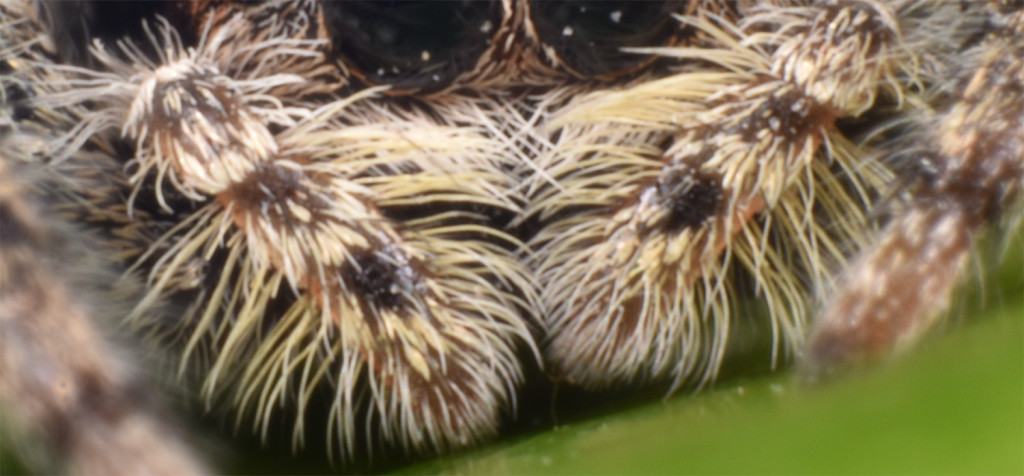
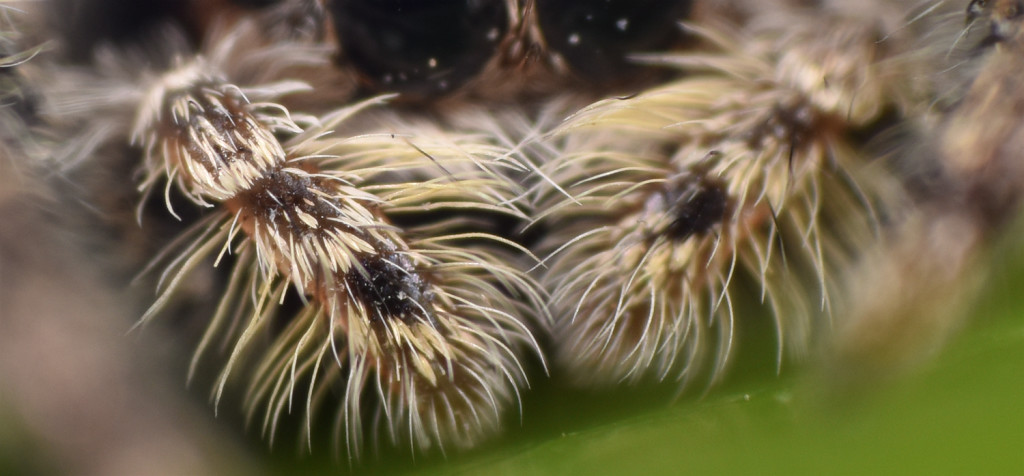
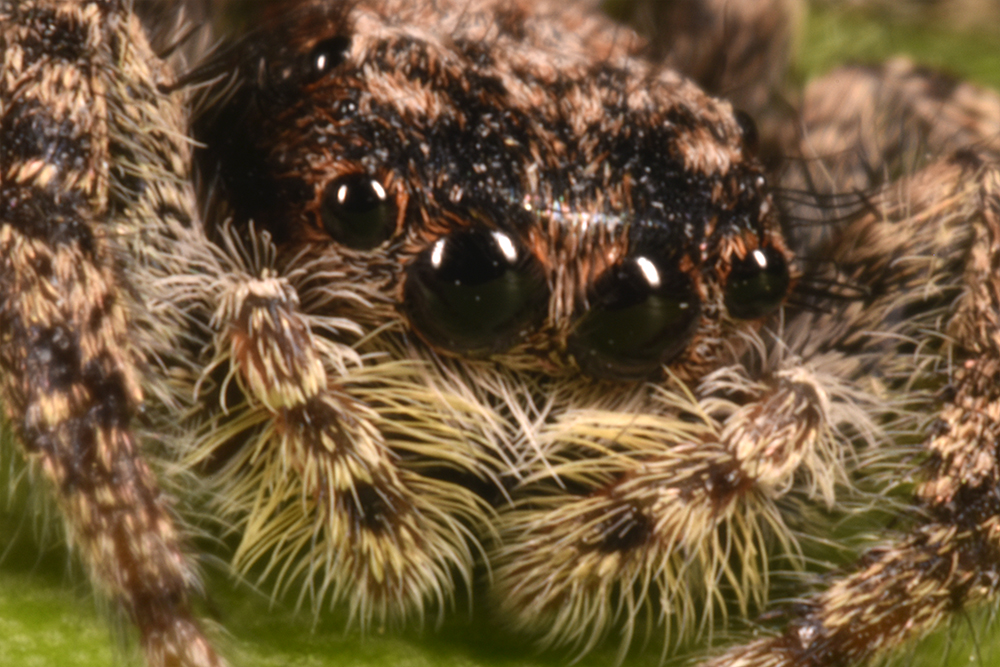
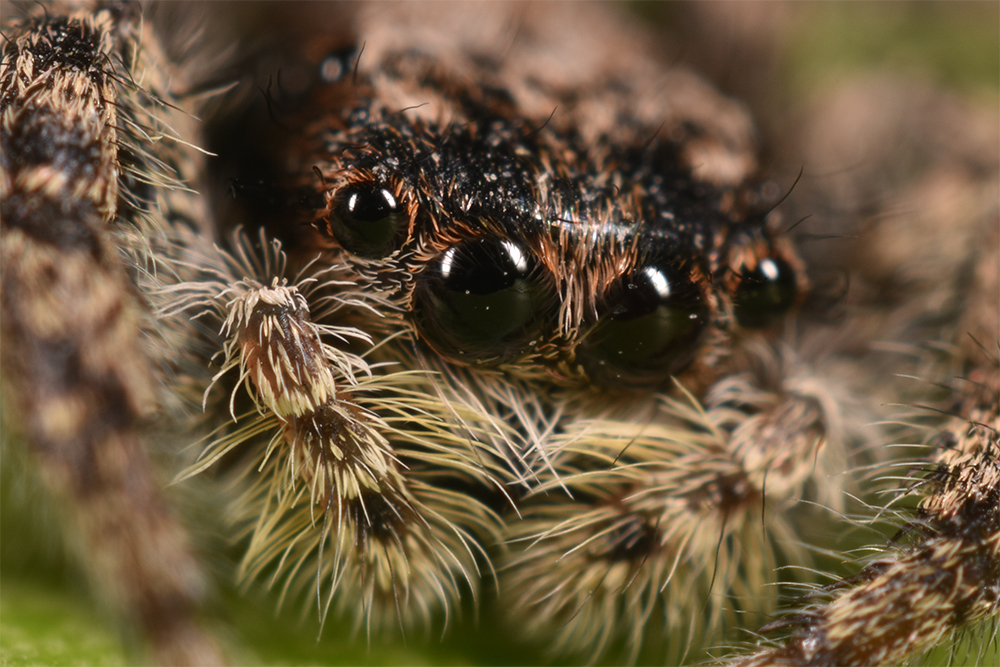


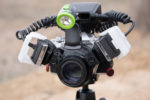
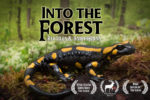
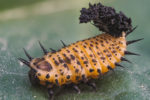
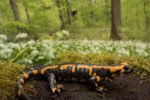
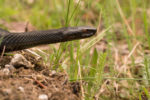
Hi I am familiar with focus tacking landscape, but can you share some pointers how to focus stack tiny, moving insects (the shooting part, not the post-processing part) ?
Focus stacking does not work on moving insects, they have to be 100% still throughout the stack, and ideally so does your camera (hand holding usually does not allow for a perfect stack). To nail it you have to wait until the insect stops moving, and usually make a few attempts before success. I used a beanbag that I throw on the ground in front of the insect to quickly get the shot instead of trying to adjust a tripod.